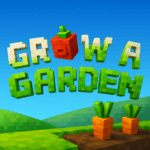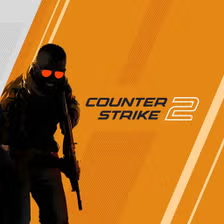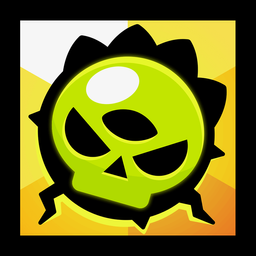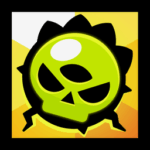Popular Now
Fall Guys: Ultimate Knockout is known for its chaotic yet lovable gameplay, but one of the most polarizing and intriguing aspects of the game has always been its team games. These game modes force players to collaborate—often with strangers—to avoid elimination. While many love the unpredictability, others find the randomness frustrating. In this article, we’ll explore the evolution of team-based rounds in Fall Guys, break down strategies for each major mode, and analyze how these events shape the game’s social and competitive dynamics.
The Origin of Team Games in Fall Guys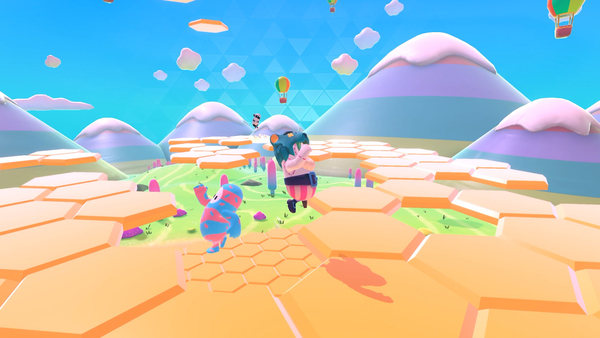
Team games have been part of Fall Guys since its launch in August 2020. The original concept of team rounds was to introduce variety and camaraderie into the chaotic obstacle-course competition.
The developers intended team modes to balance the skill-heavy solo events with rounds that require cooperation and group coordination. Unlike solo modes where individual performance dictates survival, team games add an element of unpredictability. This shifts the focus from pure mechanical skill to team synergy, positioning, and quick decision-making.
Mediatonic also aimed to make each match feel different. Team rounds helped keep the gameplay fresh and reduced the fatigue of always relying on individual effort, especially when paired with friends in parties.
Early Team Games and Community Reaction
The first season of Fall Guys introduced several team rounds: Team Tail Tag, Egg Scramble, and Rock 'N' Roll, among others. These became instant conversation starters in the community—both positively and negatively.
One of the biggest issues was the frustration of being matched with uncooperative or inexperienced teammates. A skilled player could be eliminated simply because of bad team performance. Moreover, rounds like Team Tail Tag often dragged into overtime, making them feel more like endurance tests than quick and exciting challenges. This reduced their replay value over time and led to heated discussions in community forums.
Despite this, team games managed to carve out a niche for players who enjoyed chaos with a side of strategy. The community’s mixed reception led to some significant changes in later seasons.
Major Changes in Seasons 2 and 3: Refinement Over Chaos
As feedback poured in, Mediatonic began adjusting existing team games and introducing new ones that leaned into skill and strategy over pure luck. Season 2 brought Egg Siege and Hoopsie Daisy, which featured tighter arenas and more manageable team sizes.
One of the key improvements was the reduction of total players in team rounds, especially in late-stage matches. Smaller teams allowed more control, making it easier for individual players to influence outcomes. In games like Pegwin Pursuit, three-player teams could compete in tightly designed maps where roles became clearer and more defined.
Additionally, game rules were updated to reduce randomness. For example, scoring balance and egg physics in Egg Siege were tweaked to minimize griefing and improve fairness. These refinements gradually changed public perception, especially among competitive players who had initially dismissed team rounds.
The Role of Team Games in Skill Expression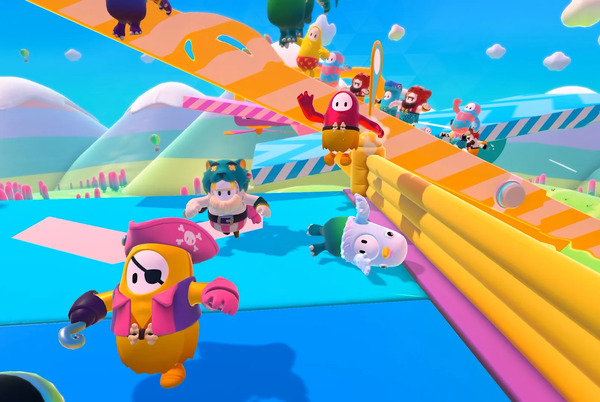
Although team games may seem to hinder competitive play, they actually highlight a different set of skills: communication, positioning, and adaptability. These rounds reward soft skills just as much as mechanical ability.
Map awareness becomes crucial in modes like Egg Scramble. Players need to know when to defend their basket, when to go on the offensive, and where golden eggs are likely to spawn. Simple actions like body-blocking or patrolling your team’s goal area can dramatically shift the game’s outcome.
Role specialization also emerges naturally. In Rock 'N' Roll, one or two players may act as blockers while the rest focus on pushing the ball. Teams that divide labor smartly almost always outperform disorganized opponents. These kinds of hidden strategies give team rounds an unexpected depth that is easy to overlook.
Strategies for Classic Team Games
Over time, dedicated players have developed winning strategies for each team mode. Understanding these tactics can significantly boost your odds of survival.
In Egg Scramble and Egg Siege, defending your basket is just as important as collecting eggs. A strong defender can keep your score safe while others roam the map. Gold eggs, which are worth more points, should be prioritized but not at the cost of leaving your nest unguarded.
In Team Tail Tag, it’s often smarter to wait until the last 30 seconds to grab a tail. Holding one too early paints a target on your back. Stick to elevated platforms, conveyor belts, or corner zones to avoid getting tagged. Teammates should communicate or ping tail holders to surround them from multiple angles.
Other games, like Hoopsie Daisy, require precision and timing. Knowing which hoops to chase and which to let go can be the difference between elimination and survival. Watch the spawn patterns and rotate through high-traffic areas.
The Impact of Party Play on Team Games
Playing in a party of friends changes everything. Coordination, morale, and execution improve drastically when teammates can communicate via voice chat or are simply more familiar with one another’s play styles.
With coordinated play, teams can assign roles ahead of time. One person can focus on defense, another on offense, and another on flex tasks. This kind of planning is impossible with random matchmaking.
Team morale also plays a big part. Losing with friends doesn’t feel as frustrating as losing with strangers. Even losses become learning opportunities or just fun moments. On the flip side, there’s a growing concern in the community about parties overpowering solo players in matchmaking—especially in team games with smaller team sizes.
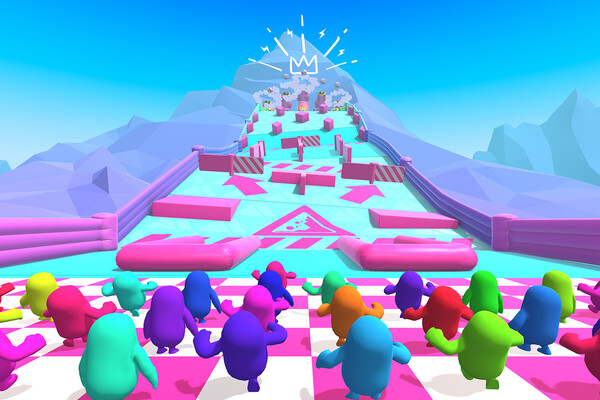
Team Games in Competitive Play and Esports
As Fall Guys expanded into the competitive gaming world, especially with custom lobbies and tournaments, the place of team games had to be re-evaluated.
Organizers often disable certain team games due to their randomness. However, some modes like Hoopsie Daisy and Rock 'N' Roll remain popular because of their strategic possibilities. Custom lobbies allow tournament hosts to balance teams by skill or draft players, which helps level the playing field.
In higher-level competition, teams treat these rounds with serious strategy. Blocking, pathing, and defending are treated as core roles. Players practice rotations and callouts, turning what once felt like chaotic messes into structured challenges.
Creative Mode and the Custom Team Game Meta
With the introduction of Creative Mode, players were finally able to build their own team challenges. This allowed for more imaginative and structured team games that went beyond what the official maps offered.
Some players have created asymmetric team games, where one side has a specific goal while the other tries to stop them. Others have introduced traps, rotating obstacles, and other dynamics that change the pace of traditional team modes.
Popular custom team maps like Dodgeball Dash and Golden Goal Showdown have become hits in community tournaments. These maps often emphasize skill and timing over luck, and they hint at the untapped potential of team games within Fall Guys.
The Psychology of Team Games: Cooperation vs Frustration
Team games are emotionally complex. While solo games reward individual skill and are easier to accept when you lose, team games often introduce feelings of helplessness or resentment when you feel others are dragging you down.
It’s common for players to fall into blame culture—criticizing teammates for not doing their part. Recognizing this and actively working to remain constructive can improve both gameplay and enjoyment.
However, team games also build emotional intelligence and adaptability. Learning to shift roles, accept bad luck, and still have fun is a valuable skill that contributes to long-term engagement with the game.
The Future of Team Games in Fall Guys

Mediatonic continues to update Fall Guys with new seasons and content drops. Based on the evolution of team games so far, it's clear that the future holds more structured, skill-based versions of these rounds.
One of the anticipated features is dynamic team balancing based on player stats. This would ensure that no one team is significantly stronger or weaker than the others. Another exciting possibility is the introduction of role-based objectives, where players are assigned specific tasks like runner, defender, or scout within team rounds.
Limited-time team events are also expected to become more common. These events could bring new mechanics, temporary maps, or special rewards, keeping the format exciting without overstaying its welcome.
Conclusion: Embracing the Chaos of Team Games
Team games in Fall Guys embody the core philosophy of the game—fun, chaos, unpredictability, and shared experience. While they’ve been a source of frustration for some, their continuous evolution proves they are not only necessary but deeply enriching to the overall game experience.
Mastering team games is about more than winning. It’s about learning to cooperate with strangers, adapting quickly, and laughing through failure. Whether you’re pulling off a last-second egg heist or blocking a ball in Rock 'N' Roll, these modes demand a unique kind of skill—and that’s what makes them unforgettable.

